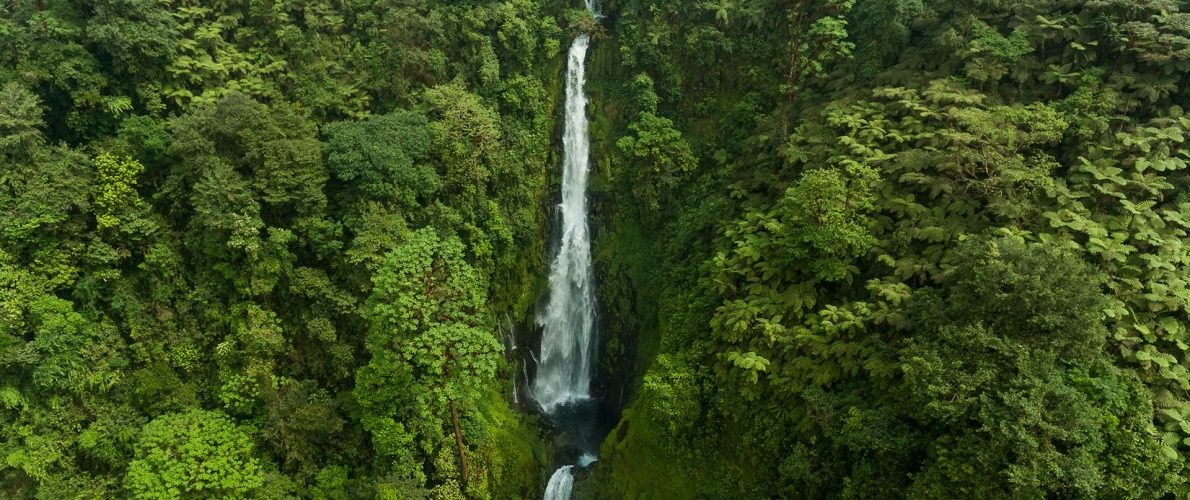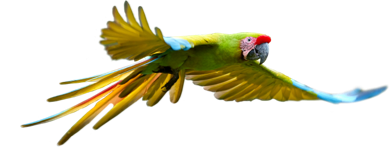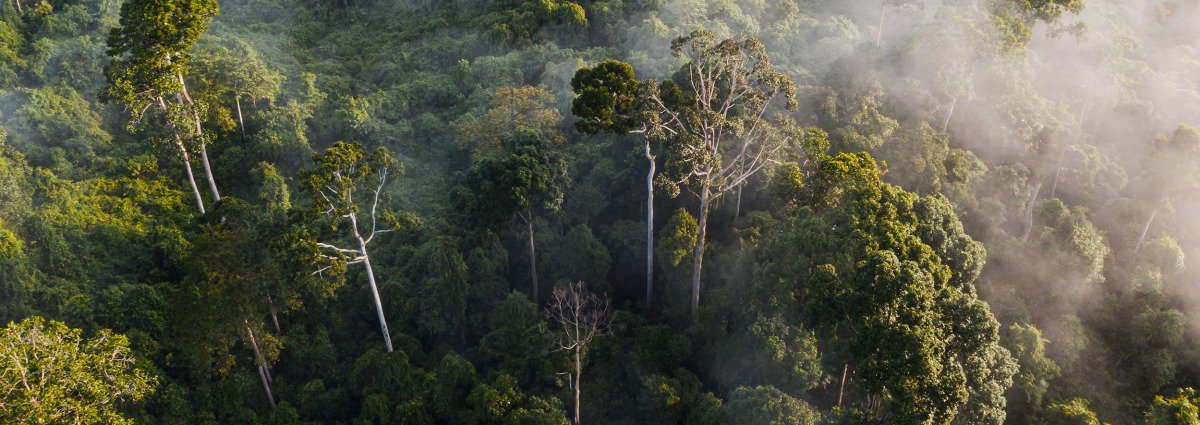
Save Critically Endangered Species in Cape Floral Kingdom
Support more work like thisSupport more work like thisLand conversion and alien plant species in the Cape Floral Kingdom threaten one of the most biologically diverse regions on Earth.
-
Species at Risk
Rough Moss Frog (CR), Cape Flats Frog (CR), Western Leopard Toad (EN), Cape Platanna (EN), Cape Leopard (VU)
-
Carbon stored
808,889 mT*
*(metric tons of CO2 equivalents) -
Partner
Endangered Wildlife Trust
-
9,363 Proposed Acres Conserved by
Designation
-
Project Cost: $405,378

9,363
Land conversion and alien plant species in the Cape Floral Kingdom threaten one of the most biologically diverse regions on Earth.
-
Species at Risk
Rough Moss Frog (CR), Cape Flats Frog (CR), Western Leopard Toad (EN), Cape Platanna (EN), Cape Leopard (VU)
-
Carbon stored
808,889 mT*
*(metric tons of CO2 equivalents) -
Partner
Endangered Wildlife Trust
-
9,363 Proposed Acres Conserved by
Designation
-
Project Cost: £304,795

9,363
Did you know!
native plants are considered threatened in the Cape Floral Kingdom.
Brimming with more than 9,000 vascular plant species, 69% of them endemic– the Cape Floristic Region on the Southwestern tip of Africa is the smallest and most unique of six “floral kingdoms” in the world. Rich in native plants and wildlife, this ecosystem and the species it shelters are threatened by spreading agriculture, invasive alien plants and urbanization.
This rich diversity of plant life supports many local amphibian species including the Rough Moss Frog (CR), Cape Flats Frog (CR) and Western Leopard Toad (EN). These threatened amphibians have very limited ranges, with most restricted to a single mountain range, or in some cases, even one mountain top.
Rainforest Trust and our partner, Endangered Wildlife Trust, are working to safeguard 9,363 acres of this irreplaceable habitat to protect rare plants and amphibian species through formal agreements with landowners and will focus on improving the resilience of this unique landscape.
Header photo: King protea (Protea cynaroides), by Orlando Tomassin
Discover the Cape Floral Kingdom

Pink Protea flowers on the Southern Cape of South Africa, by Andrew Hagen

Ferricrete habitat, a Critically Endangered ecosystem, by EWT

Red Disa (Disa uniflora) of South Africa, by guentermanaus

Freesias, by Kevin Cupp

Micro Frog or Cape Flats Frog, by Oliver Angus

Rough Moss Frog (Arthroleptella rugosa), by Oliver Angus/Wikimedia Commons

Micro Frog or Cape Flats Frog (Microbatrachella capensis), by Oliver Angus

Rough Moss Frog (Arthroleptella rugosa), by Bionerds

Western Leopard Toad, courtesy EWT
Alien Plant Invasion: How it Began
Initially, these invasive alien plants—particularly trees and shrubs—were introduced to the Cape Floral Kingdom to provide timber and stabilize shifting sand dunes. Widespread plantings provided the source of seeds that later invaded the surrounding native ecosystem and affected water availability and soil quality. In Cape Floral Kingdom, these “outsiders” are leading to the extinction of native plants and wildlife, destroying biodiversity and negatively altering the habitat.
Safeguard Range-Restricted Amphibians
Many of the threatened species here occupy extremely small ranges within threatened natural landscapes, while others occupy small remnants within urban and agricultural areas. Of the 38 species of amphibians in the Cape Floristic Region, 19 are endemic, and of these, 12 are threatened. Other resident frog species that rely on this landscape include the Cape Platanna (EN) and the Moonlight Mountain Toadlet. Without their vital habitat niches, these amphibians will soon disappear forever.
The elusive Cape Leopard (VU) is also found in the proposed protected areas.
Prevent Habitat Loss
Rainforest Trust will support Endangered Wildlife Trust to work with landowners, the provincial authority and other project partners to secure significant portions of the known ranges for resident threatened species. The lands will be protected through South Africa’s “Biodiversity Stewardship” process—an approach to entering into agreements with private and communal landowners to protect and manage land in areas of priority for biodiversity.




We Value Transparency.
Conservation work is critical, challenging, and can be costly. We work hard to ensure we raise only the funds needed for each project. In the rare case we raise more money than needed or a project comes in under budget, excess monies will be transferred to the Conservation Action Fund. This fund supports our important conservation work throughout the tropics.
Learn more about the Conservation Action FundLearn more about the Conservation Action FundProtecting the Eastern Cape Highlands of South Africa for Rediscovered Amphibian

Partnering to Save Rainforest
Our partners’ ability to work with their governments and build strong connections with local communities ensures the successful implementation of our projects.
Learn More About This PartnerLearn More About This Partner
